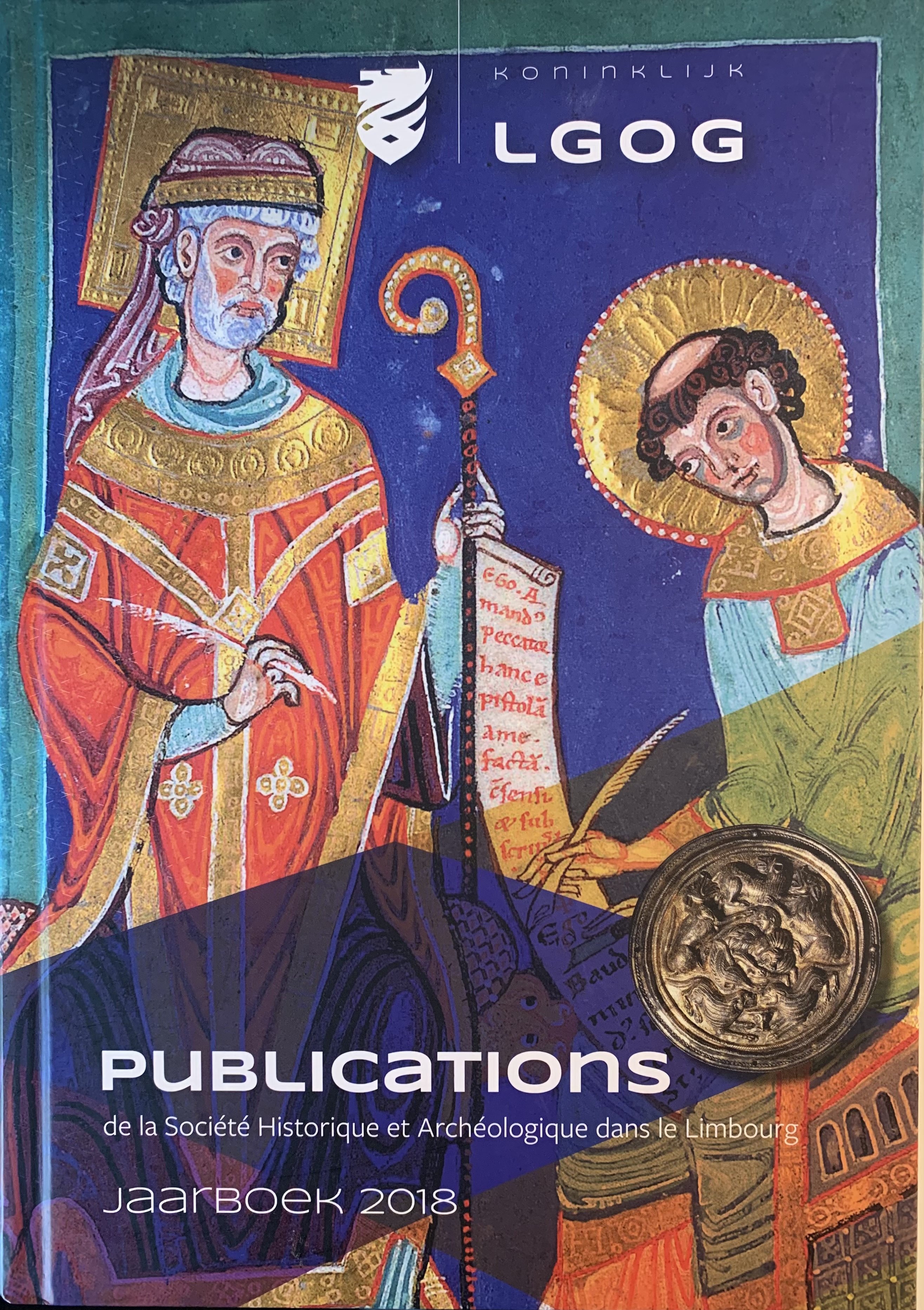Het 'Maastrichtse Vrijthofboek'
Achtergronden, archeologische resultaten en de betekenis voor Maastricht en de Euregio
Samenvatting
In 2017 Theuws and Kars published an important book on the excavations on the Vrijthof-square in Maastricht, carried out in 1969- 1970. Although the conditions were harsh, the almost 50-year old
documentation still offers a lot of information.
Over 450 graves of originally perhaps 1.500 graves have been
documented (excluding the ca. 1.000 graves of the Saint-Servatius- complex-excavation in the fifties and eighties) as well as several settle- ment-traces, all dating from the period of 400-1000 AD. Most of the graves belonged to Merovingian and Carolingian graveyards. The graves were part of at least six different graveyards. Besides graveyards isolated burials existed as well. These were not only documented on the Vrijthof- square, but also elsewhere in Maastricht.
Theuws and Kars think that the different graveyards belonged to different groups or clans and that the control over these graveyards coincided with the control over early medieval Maastricht (or parts of it). During the early medieval period the first church was built around 560 AD (magnum templum), immediately adjacent to the Vrijthof- square, almost on top of the presumed grave of Saint Servatius, the supposed first bishop of Tongeren-Maastricht. Servatius lived, according to the legends, in the late fourth or fifth century. Although the proof of the existence of this bishop is scarce, the worshiping of Servatius was a continuous factor in the development of medieval Maastricht since the second half of the sixth century. Today the church of Servatius still stands on the same slope where its predecessor was built 1450 years ago.
Downloads
Downloads
Gepubliceerd
Nummer
Sectie
Licentie

Dit werk wordt verdeeld onder een Naamsvermelding 4.0 Internationaal licentie.
Auteurs behouden het volledige auteursrecht op hun werk en verlenen het tijdschrift het recht van eerste publicatie. Artikelen worden verspreid onder de voorwaarden van de Creative Commons Naamsvermelding 4.0 Internationaal (CC BY 4.0).



